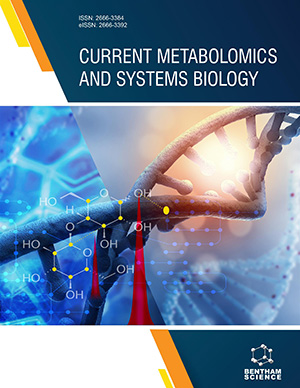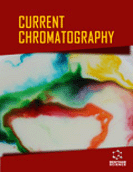Abstract
Conventional ‘single point’ spectroscopic techniques have been very convenient in helping to understand underlying phenomena in gas-solid processes, leading to concepts that rely on pseudo-homogeneous descriptions. These concepts, however, are either not sufficiently valid at different spatial scales, or mature enough to be able to describe local events since they use averaged profiles of concentration, temperature and packing structure. Nevertheless, spatially-resolved optical techniques are increasingly cited due to developments in tunable lasers, 2D array detectors and communication technology. Optical techniques allow experiments to be performed nonintrusively at high spatiotemporal resolution. The present review presents two experimental procedures based on spatially-resolved near-infrared (NIR) imaging, in order to observe temperature and concentration maps in gas-solid packed beds subjected to effects of the entrance aspect ratio and non isothermal conditions. The first technique was applied to a gas-solid fluidized bed reactor with a low aspect ratio of tube to particle diameters (Dt/dp). The technique used NIR broadband light, interference optical filters centred on absorbing and non-absorbing wavelengths of water vapour, a Vidicon NIR camera and simple back-projection of collected images. The second technique was applied to water vapour flow in a packed bed filled with a hydrophobic resin, using a tunable diode laser, focal planar array detector and tomographic reconstruction procedure. By “looking into” a thin fluidized bed, the proposed technique allowed existing models of fixed bed reactors to be extended to pseudo-static bed operations. The technique was applied to ceria-silica reduction in a fluidized bed reactor, where radial profiles of water concentration allowed the distinction between surface and bulk reduction regimes of ceria-silica packing. The tomography technique however, which observes 3D spatially resolved imaging of temperature and water vapour concentration in packed beds, revealed cold and hot spots, concentration maps and flow dynamics in the core packed bed and in the vicinity of the wall. In addition, heat uptake from the wall and mass transfer between and inside resin particles were found to be strongly affected by local concentration, temperature and packing structure profiles.
Keywords: Near-infrared, visualization, adsorption, porous media, diffuse tomography, packed beds, reactors, 2D modeling, transient processes, water vapour, fluid flow, spatial distribution, spectroscopy, catalyst reduction, dispersion.






















